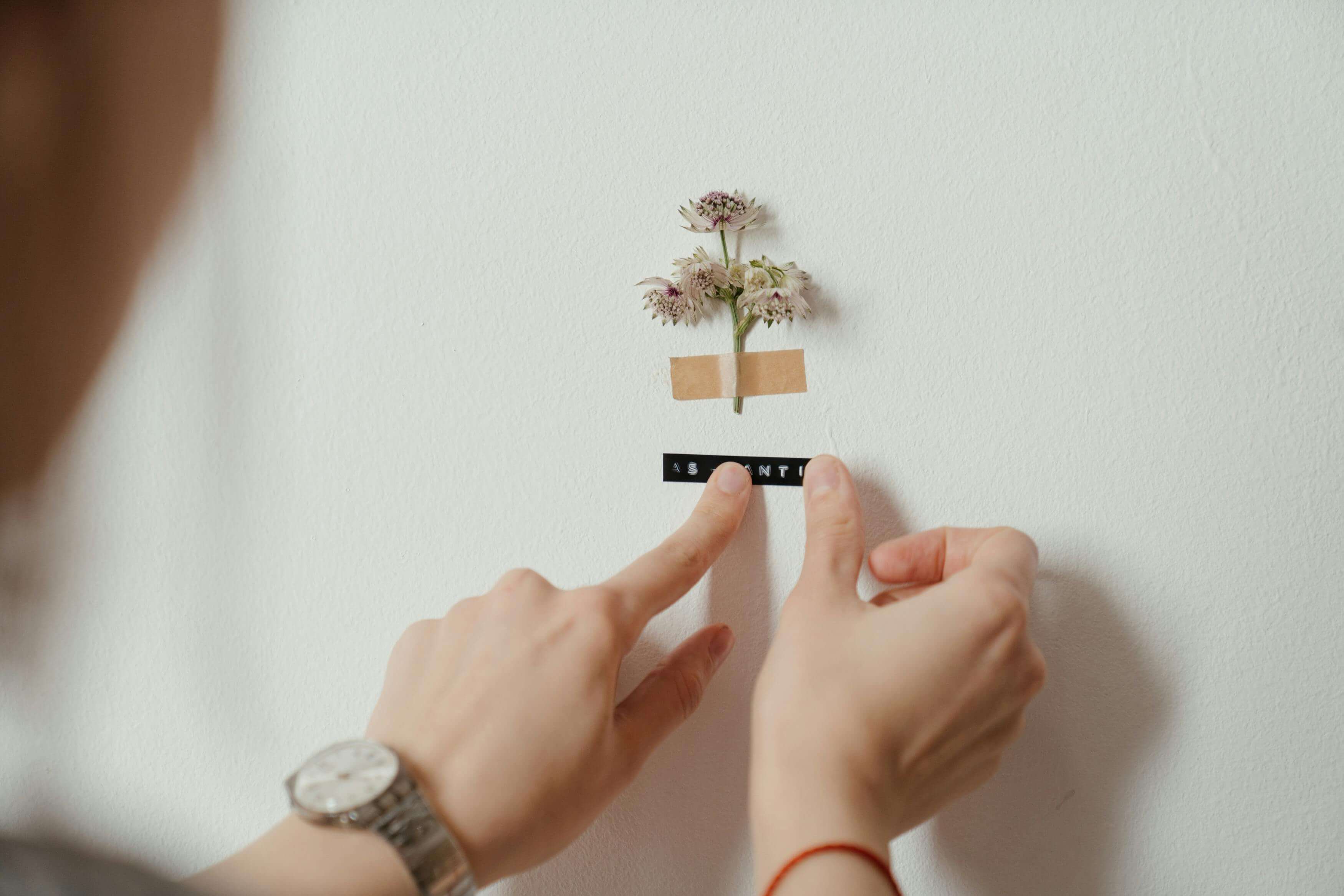The life of a fashion designer is as dynamic and multifaceted as the industry they inhabit. Each day is a blend of creativity, technical skill, and strategic planning, reflecting the ever-evolving nature of fashion. Here’s a closer look at the various aspects of a fashion designer’s role, shedding light on the challenges and rewards that define the profession.
The Early Start
A typical day for a fashion designer often begins early, with the first task being the review of sketches and ongoing collections. This early start allows designers to refine their ideas, make adjustments to existing designs, and plan the next steps for their collections. The morning hours are crucial for setting the tone for the day, focusing on creative tasks that require fresh energy and concentration.
Collaborative Meetings
Fashion design is inherently collaborative, involving regular meetings with various stakeholders. Designers frequently interact with fabric suppliers to select the right materials that align with their vision. Discussions with pattern makers are essential to translate sketches into workable patterns, while interactions with production teams ensure that each garment meets quality standards. These meetings are crucial for aligning the creative vision with practical production realities and addressing any challenges that arise during the design process.
Research and Inspiration
Designing is not just about creating new garments but also about staying ahead of trends and finding fresh sources of inspiration. Designers spend considerable time researching current and emerging trends, which may involve exploring fashion shows, attending industry events, or delving into fashion publications. Inspiration can come from a wide range of sources, including travel, art, architecture, and nature. This constant search for inspiration helps designers stay innovative and relevant in a fast-paced industry.
The Creative Process
The creative process is at the heart of a designer’s role, requiring a blend of artistic vision and technical expertise. Designers start by sketching their ideas, experimenting with different silhouettes, fabrics, and color palettes. Once the initial designs are finalized, they work on drafting patterns and creating prototypes. Overseeing fittings is another critical aspect of the process, where designers make adjustments to ensure that each garment fits perfectly and meets their design standards.
Balancing Creativity and Technical Skill
Fashion design is a profession that demands both creativity and technical skill. While the creative aspect involves conceptualizing and visualizing new designs, the technical side requires knowledge of garment construction, fabric properties, and pattern drafting. Designers must balance these elements to create pieces that are both aesthetically pleasing and structurally sound. This blend of skills is essential for translating creative ideas into wearable, functional garments.
Addressing Challenges
The profession of fashion design comes with its share of challenges. Meeting tight deadlines, managing production costs, and dealing with unforeseen issues such as supply chain disruptions can be demanding. Designers must also navigate the competitive landscape of the fashion industry, where trends change rapidly and consumer preferences evolve. Despite these challenges, the ability to innovate and create something unique remains a powerful motivator.
The Rewards of the Profession
The rewards of being a fashion designer are significant. Seeing a design come to life, from an initial sketch to a finished garment, is immensely satisfying. The opportunity to influence trends, express personal creativity, and contribute to the ever-changing world of fashion offers a sense of accomplishment and fulfillment. Additionally, the recognition and appreciation from peers, clients, and the fashion community provide validation and encouragement.
The Evolving Role
As the fashion industry continues to evolve, so does the role of the fashion designer. The integration of technology, such as digital design tools and virtual fashion shows, is transforming how designers work and present their collections. Embracing these changes while staying true to their creative vision is part of the ongoing journey for fashion designers.
In Conclusion
The life of a fashion designer is a rich tapestry of creativity, technical skill, and collaboration. From the early hours of reviewing sketches to the intricate process of designing and fitting garments, each day presents unique challenges and rewards. The profession requires a constant balance of artistic vision and practical execution, driven by a passion for fashion and a commitment to innovation. Through their work, fashion designers not only shape trends but also contribute to the dynamic and ever-evolving world of fashion.
